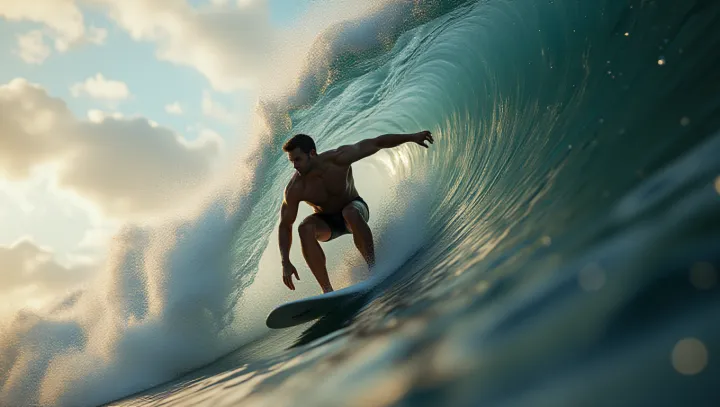Unveiling the Complexity of Surfing

In the coastal city of Honolulu, surfing enthusiasts gather to witness the awe-inspiring mastery of individuals tackling towering waves. Known for its supreme difficulty, surfing blends athletic prowess with a deep understanding of constantly changing marine elements. Dr.
James Parker, a renowned expert in marine sports, states, "The complexity of surfing lies not only in physical agility but also in interpreting the sea’s patterns." The unique demands of surfing require practitioners to harness environmental cues and adapt their technique accordingly. Fundamental principles such as balance, timing, and timing influence a surfer's ride on the unpredictable ocean surface. "Many people underestimate the intellectual rigor involved," adds professional surfer Maria Thompson.
Her insightful perspective emphasizes the critical harmony between mind and body necessary in conquering formidable waves. As popularity surges, surfing increasingly attracts attention not only as a sport but as a cultural phenomenon representing freedom and resilience. Local communities and international bodies are investing in resources and training to preserve surfing's authenticity and ecological integration.
Such initiatives underline the importance of merging heritage with modern sporting practices.
